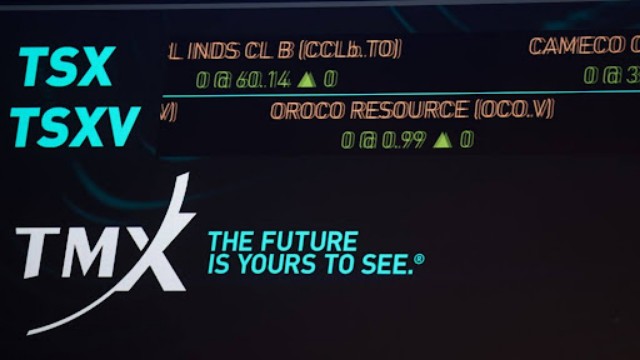
Environment and Climate Change Minister Steven Guilbeault addresses the press at a media briefing held on Parliament Hill in Ottawa on Monday, November 27, 2023. (JDT)
The federal government is unveiling a new policy aimed at reducing emissions within the oil and gas industry, setting a target that requires a more than one-third decrease in emissions or the acquisition of offset credits.
Initially pledged by the Liberals during the 2021 election, the implementation of this cap policy has faced delays, surpassing the original schedule outlined by Environment Minister Steven Guilbeault by over a year. Notably, the expected reduction in emissions is also smaller than the initial estimates presented in the government's emission reduction plan from the previous year.
Guilbeault emphasized that the devised plan underwent extensive consultations with industry experts and stakeholders to ensure its practicality without risking potential constitutional challenges from provinces over jurisdictional matters. He highlighted the historical significance of the initiative, stating that Canada has never before introduced regulations mandating an overall reduction in emissions from the oil and gas sector, a move he believes will make a significant impact not only in the Canadian context but also on the international stage.
The newly published framework provides an outline of the emission cap, with the intention to release draft regulations by next spring and finalize them by 2025.
Acknowledging that over one-quarter of Canada's emissions stem from oil and gas production, Guilbeault stressed the pivotal role of capping emissions within this sector in meeting the country's climate objectives.
The outlined target within the framework requires a reduction of 35 to 38 percent from 2019 emission levels by the year 2030. However, companies in the sector have the option to acquire offset credits or contribute to a decarbonization fund, potentially lowering the required reduction to 20 to 23 percent.
The government explored both a cap-and-trade system and an industry-specific carbon price, ultimately selecting the former after extensive consultation. Guilbeault explained that while a carbon price was considered, cap and trade was deemed more suitable for establishing a clear emission cap, offering a more adaptable approach in this regard.















